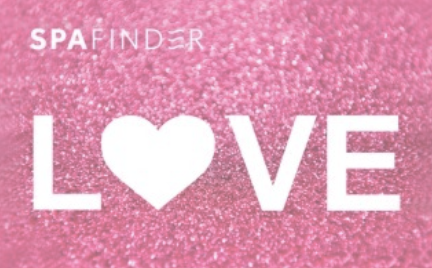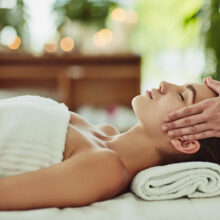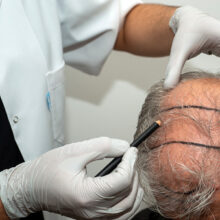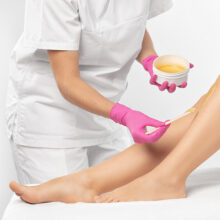Photofacials: Let There Be Light
- Published: Friday, May 17th 2019
- in Beauty
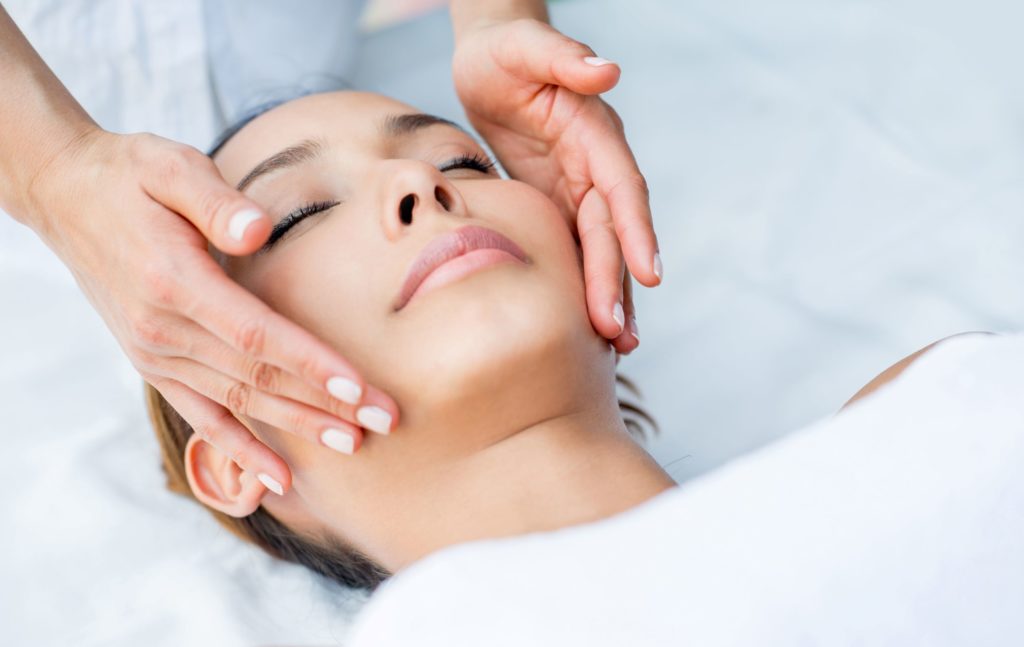
A photofacial (also listed as “foto” or “photorejuvenation” on spa menus) is a treatment that applies light-based technology to remedy various skincare concerns, whether promoting new collagen, smoothing fine lines and wrinkles and diminishing the appearance of age spots, broken capillaries and rosacea. (Note: For many, one photorejuvenation service isn’t going to cut it—a series of treatments are typically advised for optimal results.)
The two most talked-about photofacials available to consumers comprise:
LED (light-emitting diode)
What it is: A non-invasive light therapy treatment designed to treat collagen breakdown, even out complexion or kill the bacteria that triggers breakouts. Varying wavelengths of light, or different colors, provide various benefits or can be used in combination (for example, blue light for acne, red light for collagen boosting and fine lines/wrinkles, green light for hyperpigmentation, amber light for spider veins, etc.).
What it does: Increases collagen production; eases the appearance of fine lines, age spots, freckles, hyperpigmentation, spider veins, broken capillaries; improves sun damage; reduces/controls acne bacteria.
Pros: Pain free, cool and milder than IPL treatments. No risk of burning and devoid of overall discomfort. Ideal for all skin types, including sensitive.
Good to know: Can be an add-on service to other facials, especially ant-aging facials. Plus, the efficacy of phototherapy with LED has been proven.
Downtime: None.
Available: Day spas, medical spas and destination spas; accessible at home via handheld devices like LightStim,Dr. Dennis Gross DRx SpectraLite™ FaceWare Proand FOREO UFO Smart Mask Treatment
IPL (intense-pulsed light)
What it is: A nonablative photorejuvenation treatment that uses multiple wavelengths of light to tackle skincare concerns.
What it addresses: Fine and moderate lines and wrinkles; unwanted facial hair; pigment problems like acne scars, freckles and sun spots; rosacea; spider veins/broken capillaries; sun-damaged skin.
Pros: A treatment can cover a vast area of skin surface and a range of skin issues simultaneously.
Good to know: The application of high-intensity pulses of light makes IPL photofacials much more, well, intense than LED facials. You most likely will experience discomfort (it’s been well-documented that many compare the treatment to the feeling of a rubber band snapping at your skin).
Downtime: Minimal but side effects can include redness, blistering and swelling (definitely skip if you’re going to be out in the sun for an extended period of time; as with most skincare services, UV exposure can irritate sensitive skin following a treatment).
Available: day spas, medical spas, destination spas; should be performed by a professional only.




